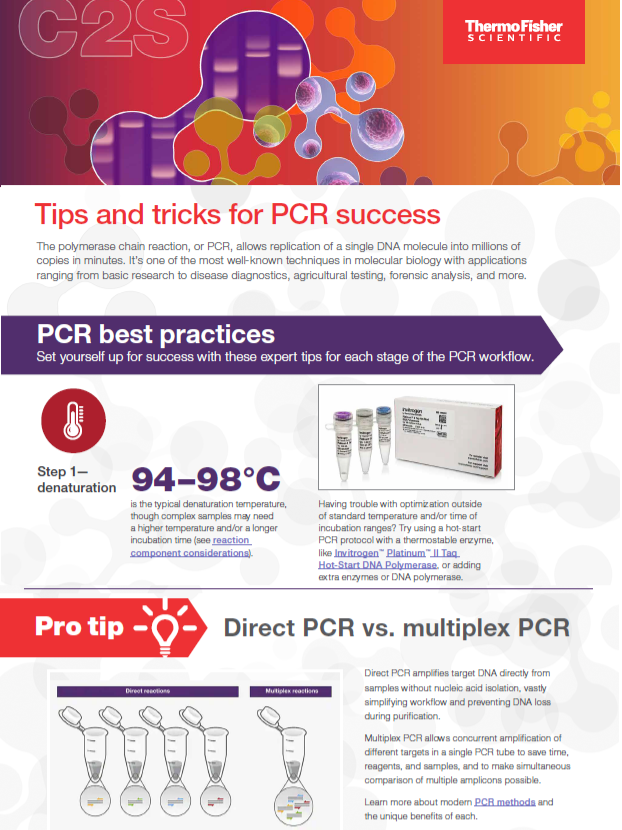Researchers Discover New Method to Detect Diseases Causes by DNA Hemi-Methylation

Researchers at Rockefeller University and the University of Tokyo, and Yokohama City University have unraveled the mystery that in eukaryotes, CDCA7 is a critical sensor of DNA hemimethylation
These findings, reported in Science Advances, run contrary to the previously held belief that UHRF1 is uniquely positioned among all proteins to recognize hemimethylated DNA. These results may pave the way for new drugs targeting diseases resulting from methylation errors and a new understanding of processes underlying DNA methylation maintenance.
The study reveals that CDCA7, by means of its HMZF (Hemimethylation Sensing Zinc Finger ) domain, recognises hemimethylated CpG sites in compact chromatins. Such recognition allows CDCA7 to support the maintenance of DNA methylation by targeting regions inaccessible to other proteins.The protein CDCA7 is an essential adaptor of the nucleosome remodeler HELLS, an important factor in maintaining DNA methylation in eukaryotes.

Role of CDCA7 Beyond UHRF1
DNA methylation is one of the mechanisms whereby the expression of genes is controlled. DNA methylation ensures the expression of genes in the right cells.For instance, certain genes that a brain specific are only active in the brain and stay inactive in heart cells.
Hemimethylation is formed when, due to replication, only one strand of DNA is methylated. Where this was traditionally taken to be mediated by UHRF1, there is now considered to be an important role of CDCA7 in the perpetuation of methylation patterns, particularly for tightly packed regions of DNA.
CDCA7 and UHRF1 a Synergistic Duo
The cryo-electron microscopy allowed the researchers to understand how CDCA7 tethers to hemimethylated DNA in the nucleosome core particle. Following recognition of hemimethylation, CDCA7 recruits HELLS, which remodels the chromatin-opening it up to allow UHRF1 access to DNA, where it finishes off the methylation process.
The reason why cells need two hemi-methylation sensors is being unraveled with the discovery of CDCA7. UHRF1 turns out to be quite good at recognizing hemimethylated sites in more open genomic regions. However, CDCA7 becomes very proficient in recognizing hemimethylation in the tightly packed heterochromatic regions. The collaboration ensures that methylation patterns, including the most inaccessible ones, are maintained across the genome through the combined action of CDCA7 and UHRF1.
It also opens possibilities for new understanding in how disturbances in these proteins may cause cancers and other diseases. CDCA7 and HELLS may become critical points of therapeutic intervention in future treatments that aim at the correction of methylation errors.
Fresh Phase for Epigenetic Research
The identification of CDCA7 as the second hemimethylation sensor significantly expands knowledge on DNA methylation. The complex formation by CDCA7 with HELLS lets them achieve access to hemimethylated DNA wrapped into the compact structure of chromatin, which is crucially important for maintaining genomic integrity. This finding enables one not only to better understand the very process of epigenetics but also opens new avenues in the research of diseases driven by an incorrect methylation pattern.
This finding helps points out the complexity of biological processes and further development of therapies. Future research on CDCA7 may provide novel methods for treating disorders caused by inappropriate DNA methylation, offering new hope for better treatments in the years to come.
Know more about it here.

